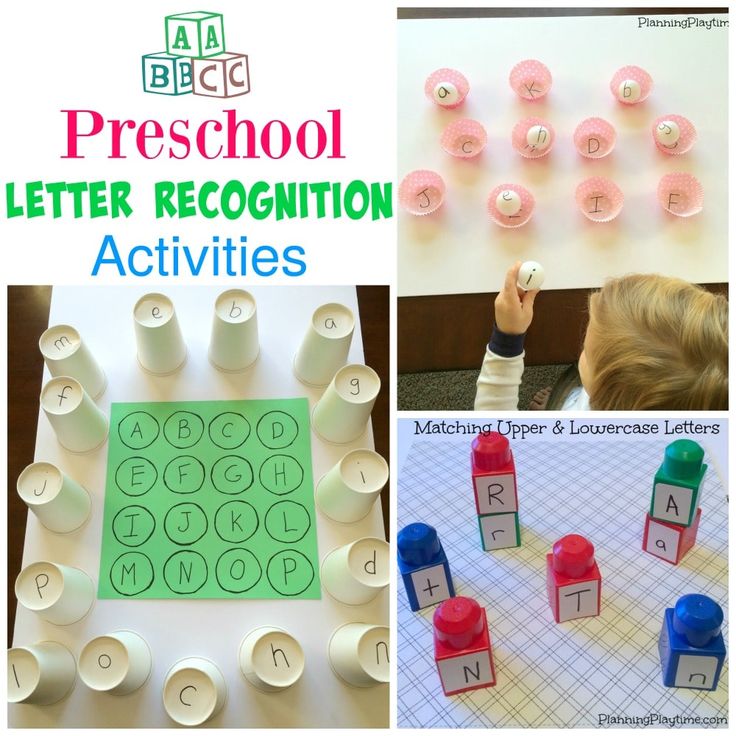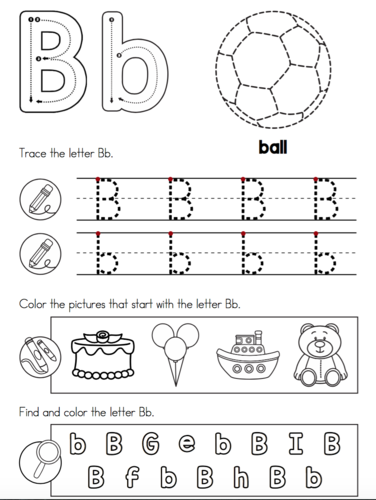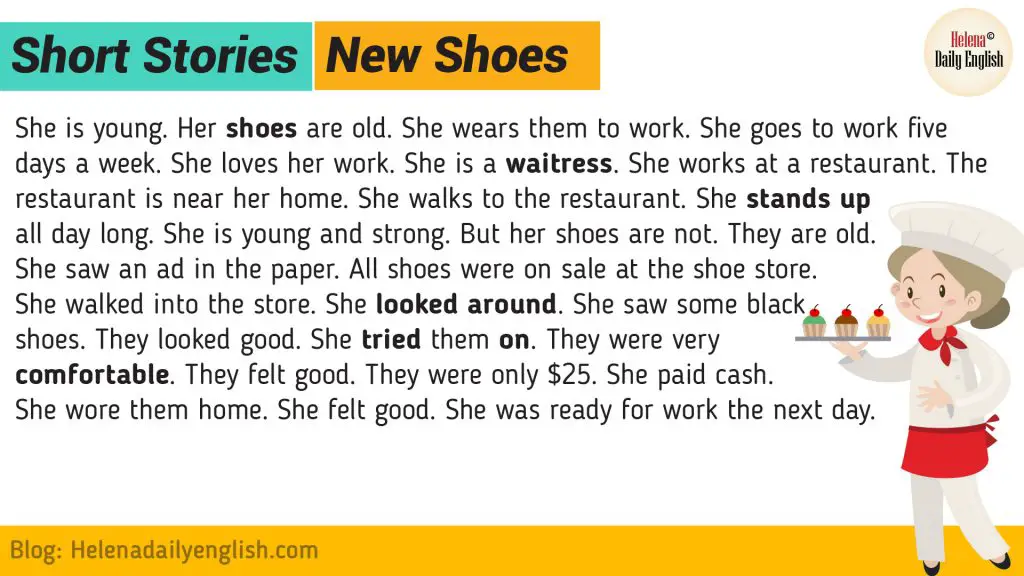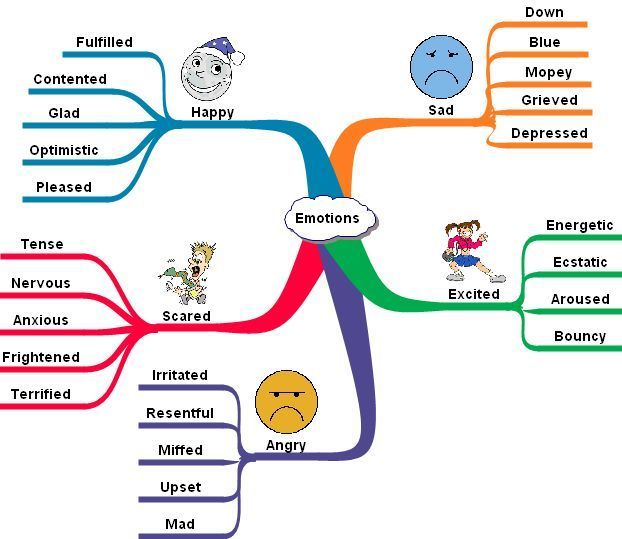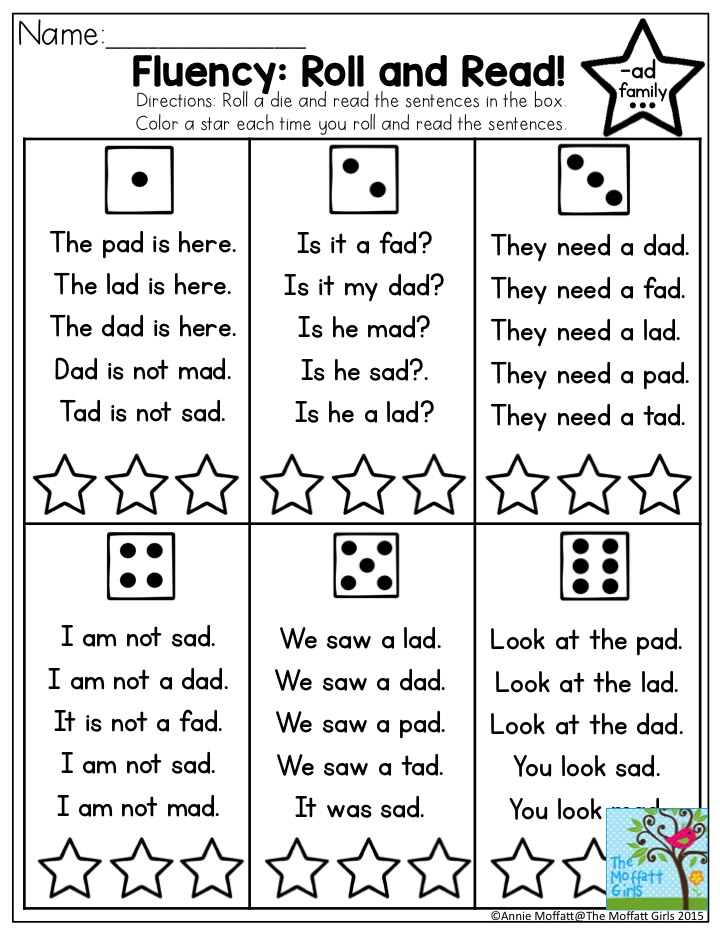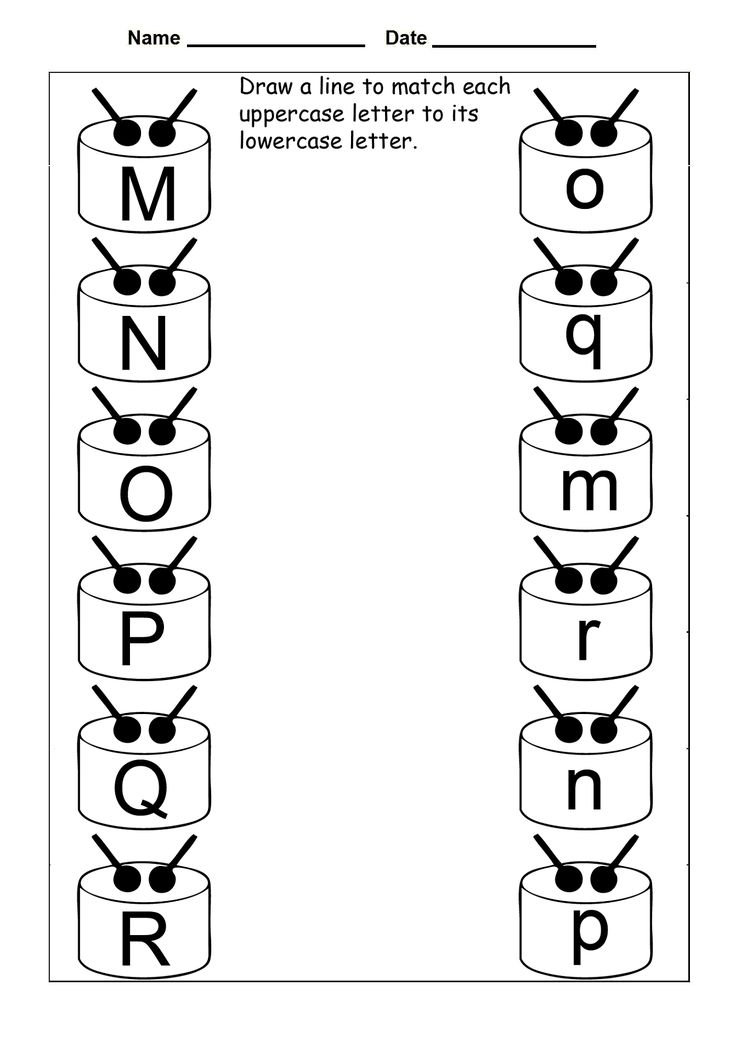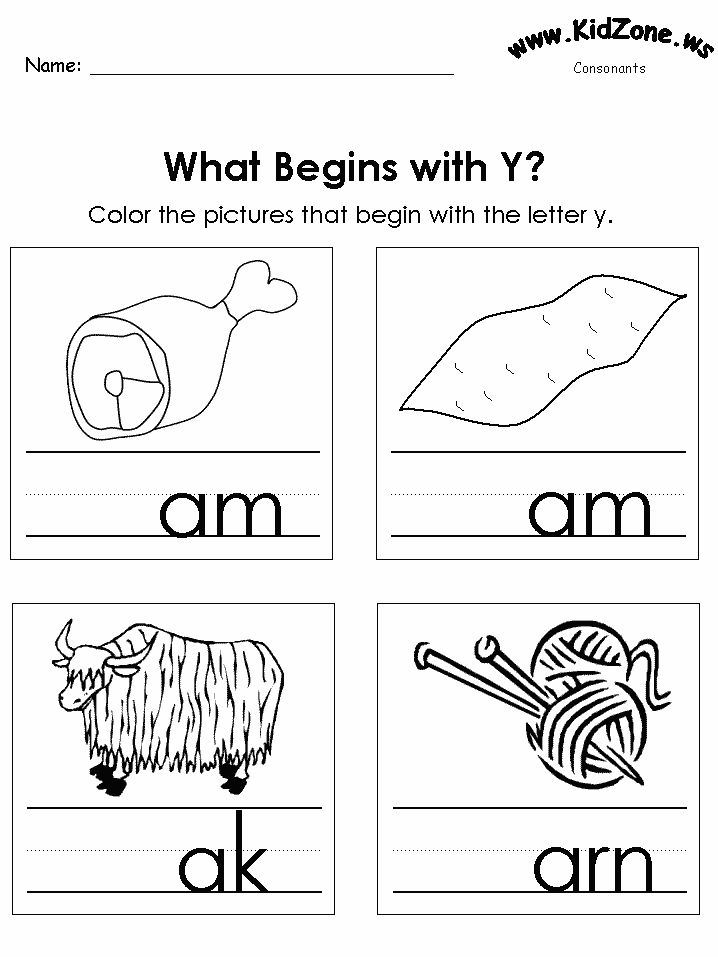Letter recognition activities for preschoolers
14 Letter Recognition Activities for Preschoolers
- Share
Helping preschoolers to gain letter recognition skills does not need to feel like “work.”
The best way to teach letter recognition is through play, in a fun, stress-free, and positive manner.
Here’s a brief intro to letter recognition, followed by 14 letter identifying activities.
What Letter Recognition Means
Learning letter recognition skills involves several different hands-on components.
Children need to distinguish the shapes of letters from each other (visually recognize them) and be able to point to and state the letter names, as well as the sounds made by each letter.
In addition, they must learn to form letters and write them.
These skills do not all need to be accomplished during the preschool years and in fact, preschoolers are not yet developmentally ready to learn to read and write.
By simply exposing children in a fun way, you will begin the process of laying down foundational pre-reading and writing skills.
When Should a Child Recognize Letters of the Alphabet?
Although you can read about average ages when kids gain alphabet skills, those often vary widely.
Just as children learn to walk and talk at different ages, the same is true for recognizing letters of the alphabet.
They each learn at their own pace, depending on many factors.
How to Build Skills to Prepare Children for Letter Recognition
Through fun play activities, parents can help their children gain various developmental skills that prepare preschoolers for letter identification.
Those types of skills include visual perception, memory and auditory perception.
What this means is that learning the letters does not in fact start with exposure to the actual letters, but rather to play activities that develop these skills.
Visual Perception
Visual perception refers to a child’s brain making sense of what their eyes are seeing, such as details and shapes (shape recognition).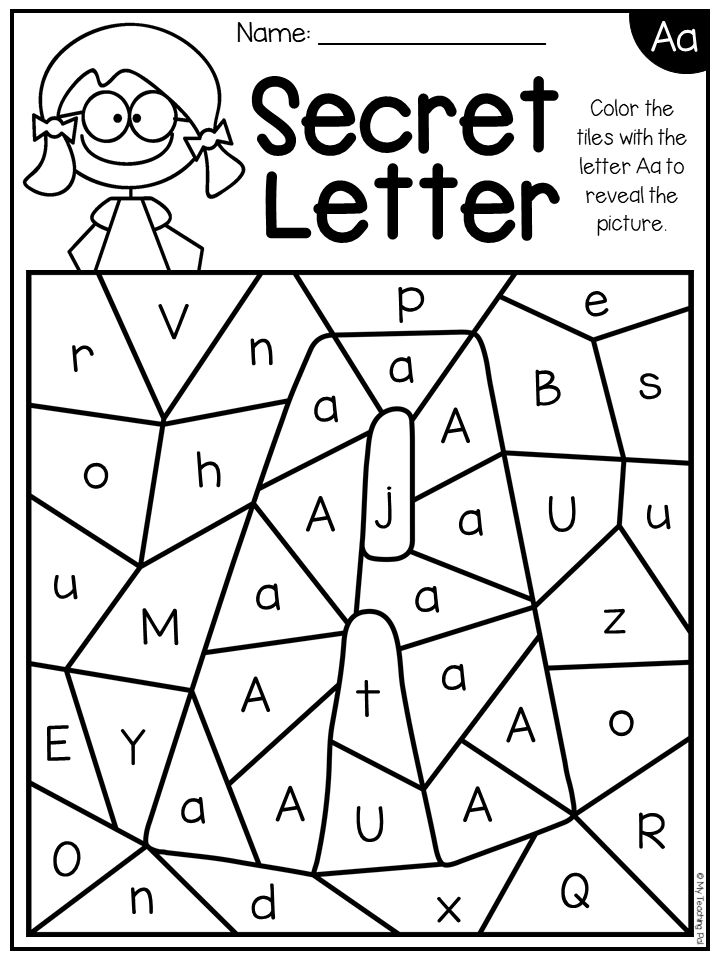
These skills also include visual-motor and eye-hand coordination.
Helpful kinds of activities include:
- Those that exercise the large muscles (such as throwing/catching).
- Small motor activities (like lacing).
- Visual perception (such as building puzzles).
- Limiting screen time, which has limitations related to visual perception skills.
Memory
Memory development relates to storing and using information in the brain.
Stress-free activities to enhance these skills include:
- Simple card games
- Memory card games (get your own by downloading the FREE set of printables at the end of the post)
- Talking about fun memories
- Story visualization
- Reading and talking about books
- Visual memory games, like picture bingo
- Auditory memory games
Auditory Perception
Auditory perception
includes the brain’s ability to distinguish sounds and words, which is important for learning the sounds of letters.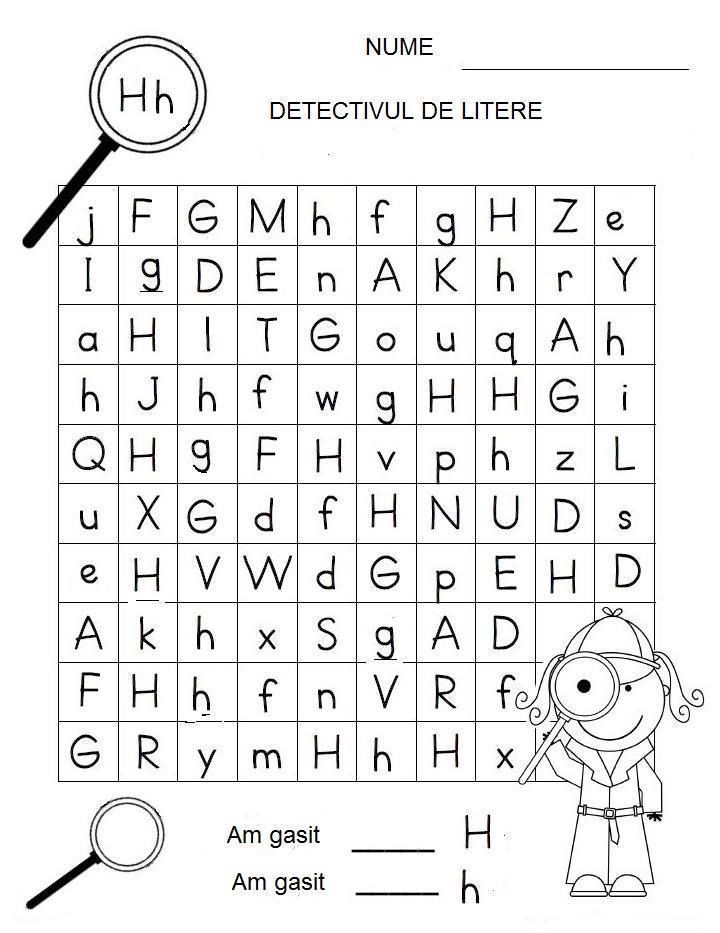
These are the kind of activities that can support this skill:
- Listening to music
- Distinguishing animal sounds
- Clapping out copied rhythm patterns
[source]
How to Teach Letter Recognition to Children
Even before children show an interest in print, these kinds of activities are meaningful and fun and will set the stage for letter recognition:
- Reading to them
- Sharing poems and nursery rhymes
- Talking to them
- Telling stories
- Singing songs to or with them
Keep it fresh, keep it new, and be willing to return to their favourite activities when asked.
As your children show a growing interest in print, make it available to them whenever possible.
Instead of keeping that book to yourself as you read to them, show children the words, running your fingers over them as you read. Let kids turn the pages of books.
Have books available in the home to which kids have constant access.
So many things around the house contain words, like packages, lists, letters, emails, screens, magazines, and greeting cards.
Point and touch as you read, showing children that you are using words daily, expressing how much can be learned through their use.
Write in front of your kids for all different purposes, at least sometimes spelling aloud.
Make drawing and writing tools and surfaces available to children at all times, indoors and out.
Don’t just offer the traditional papers and crayons – include:
- Drawing with sticks in the sand
- Writing on clay or playdough
- Drawing on shower and bath walls with soap
Should I Teach the Letters in a Specific Order?
Instead of teaching letters in any special, prescribed order, focus on those that are used most often and in order of importance for your children.
They typically want to know about the letters:
- In their names.
- In “MOM” and “DAD”.
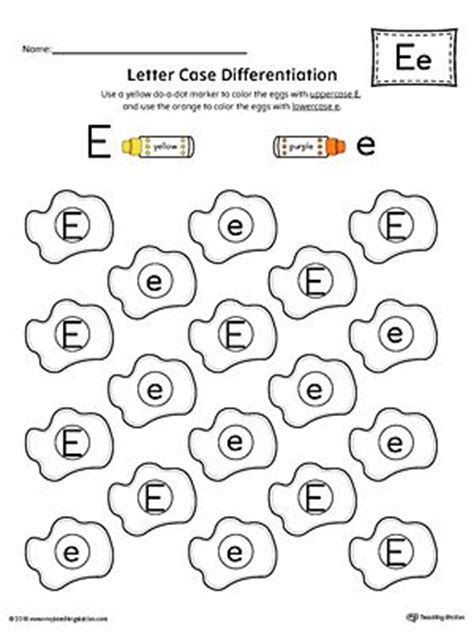
- In a pet’s name.
- In environmental print (like on STOP or WALK signs).
- In outstanding words from a favourite storybook.
Think about and pay attention to those letters and words that appear to be interesting to your kids, using them as the foundation to build upon.
Then, when children are ready to formally learn the letters, teach them using sets of letters that make the most combinations of words, as explained in this article on teaching letters.
Is it Better to Teach Upper or Lowercase Letters First?
For preschoolers, the field of occupational therapy makes a good case for beginning with capitals in handwriting letter formation.
They are formed from larger lines and curves that avoid retracing and changing directions, while still teaching top to bottom strokes.
If children try to form letters for which their visual-motor skills are not prepared, they sometimes build poor habits that can be difficult to break later on.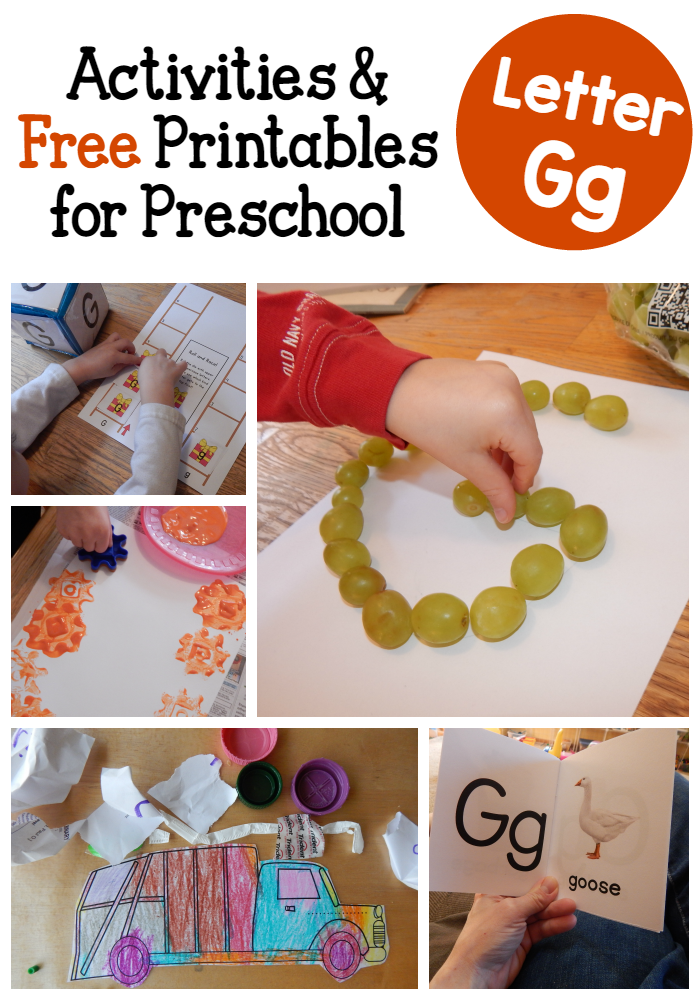
Of course, your children may be familiar with lowercase letters, seeing them in many print formats, and gradually learning to identify them.
When their motor skills are ready, they typically make an easy switch to including them along with uppercase when they write.
[source]
Letter Recognition Activities and Games for Preschoolers
Here are some fun ways to teach letter recognition through play.
1. Point Out Environmental Print
Print is all around us.
Point out, talk about and stress the sounds of words on signs (such as favourite restaurants and traffic/street signs), cereal or other product boxes/labels, and familiar logos.
2. Share Rhyming Books
Read favourite rhyming books to your children, accentuating the rhyme and rhythm.
Afterwards, play an oral game of stating some rhyming words from the story and adding a new rhyming word of your own.
Challenge your kids to come up with more words that rhyme.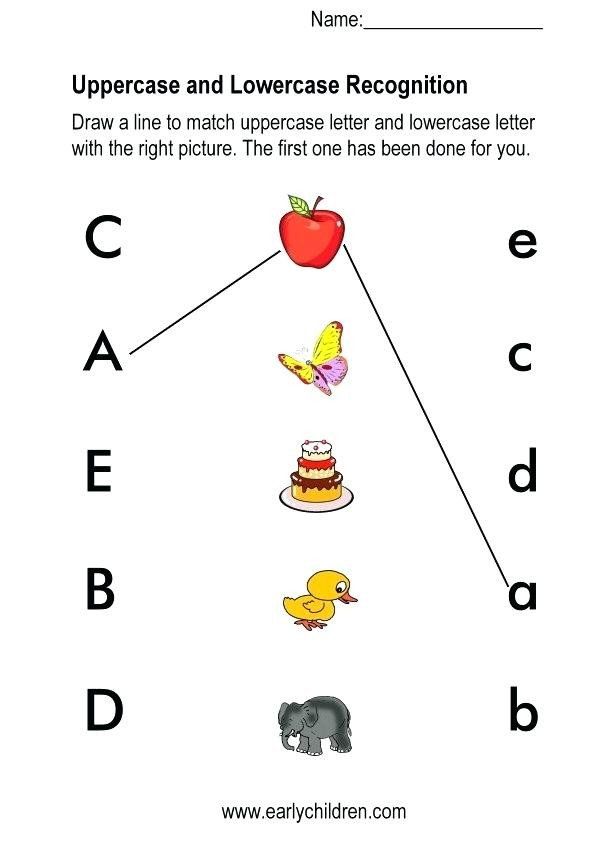 Either real or pretend “words” are okay, as it is the rhyming factor that counts.
Either real or pretend “words” are okay, as it is the rhyming factor that counts.
3. Letter Hunt
Point out and talk about the letters in your child’s name, making them clearly visible in print.
Show them how you find one of those same letters in a magazine or newspaper and cut it out as a rather square piece (not necessarily trying to cut out close to the letter’s edges).
Challenge them to find other letters from their name in print and cut those out, as well.
After all the letters have been found, they can arrange them in the correct order for their name.
These may be kept in a small bag for future use or glued onto a coloured sheet of paper to post on the fridge or in your child’s room.
Instead of cutting, another option is to use different colours of highlighters to mark various letters found in print.
4. Play with Plastic/Wooden Letters
Letters may be sorted and put into piles in different ways:
- Those with curves
- Letters with straight lines
- Those from a child’s name or other important words
- Letters they can name
- Those for which they can say the sounds
Letters with magnets may be used on the fridge or on a magnet board for sorting purposes.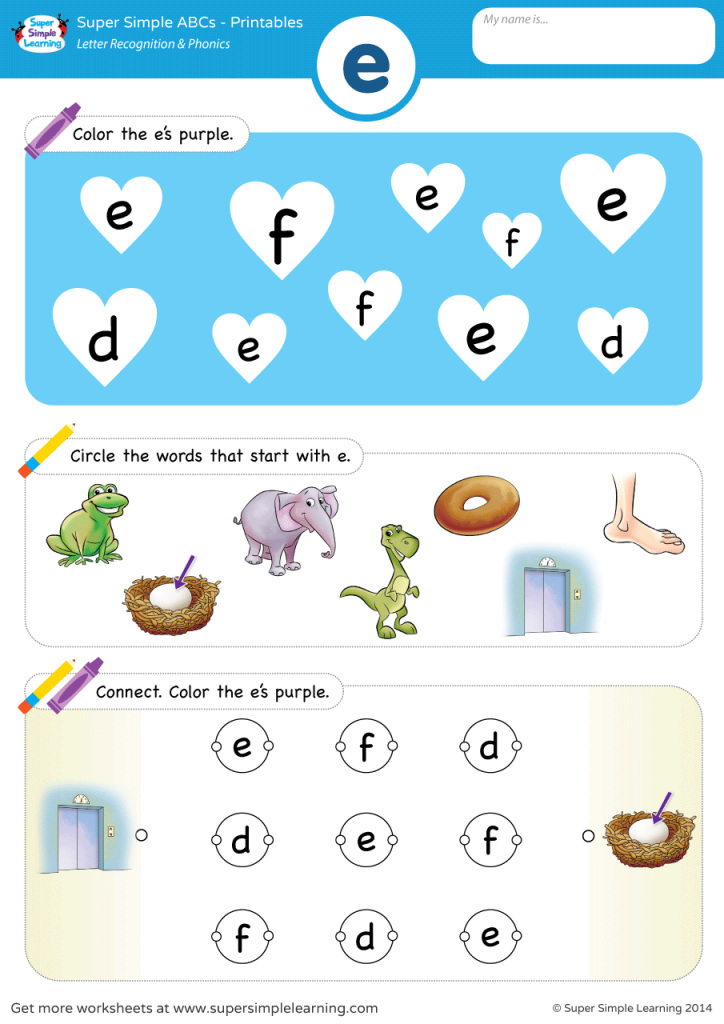
5. Bake Letters
Use bread or pretzel dough to form letters with your children, then bake them to be eaten later.
While you work, talk about the letter names, sounds, and easy words (like their names) that may be formed.
Special baking tins and cookie cutters may be purchased to bake letters. You can also bake oblong cakes and cut them into large letter shapes, as well.
6. Form Letters with Familiar Materials
Offer kids various types and colours of pasta to form letters on flat backgrounds, either to glue into place or to leave loose and rearrange into different letters.
Other materials to explore might include:
- Dry breakfast cereals
- Buttons or pennies
- Cotton balls
- Dried beans
- Mini-marshmallows
- Toothpicks
- Rice
- Yarn
7. Form Letters with Unusual Materials
Using a tabletop or oblong baking pan with low sides, spread shaving cream or pudding for children to trace letters into with their fingers.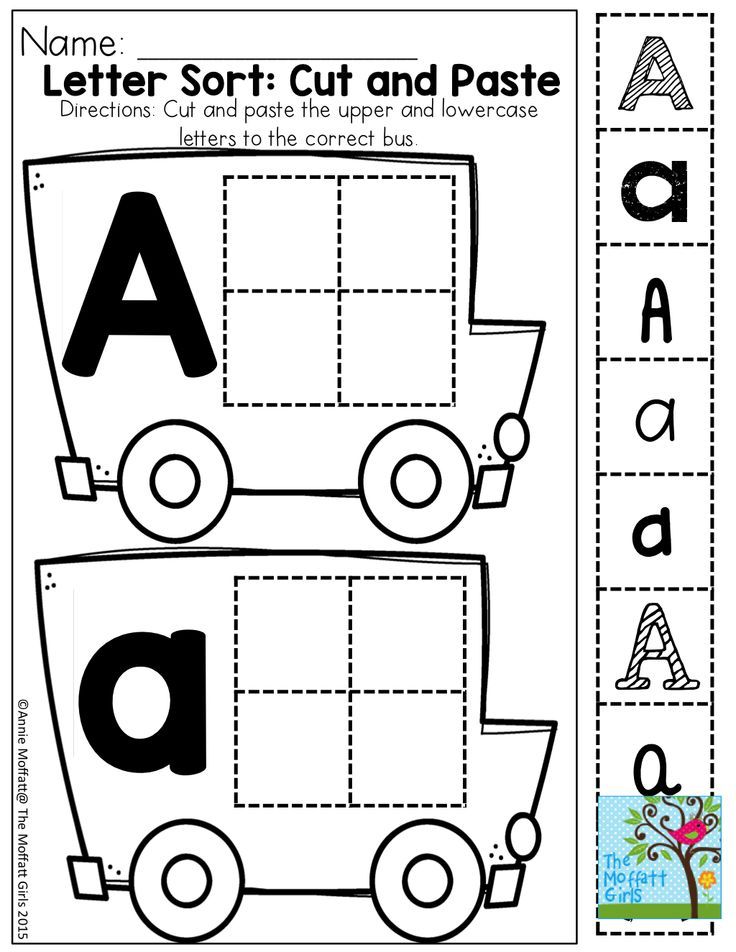
The same may be done with sand (or moved outside), to trace in with fingers or safe “sticks,” like pencils, dowels, or rulers.
8. Go on a Scavenger Hunt
Have children choose a letter card or cutout. Talk about how the letter looks and sounds.
Depending on children’s level of development, challenge them to find things around the house that have that letter printed on them or objects that begin with that letter’s sound.
9. Fish for Letters
Magnetic letter fishing games may be purchased or made with paper, magnets, paper clips, dowels, and string.
Name or pick a letter, focusing on how it looks and/or sounds. Kids then “fish” for the matching letters from the “pond.”
They can also just fish for a random letter and then name it once it is “caught.”
You can also use a version of this game later on, when children are learning to match upper and lowercase letters.
10. Play Musical Chairs with Letters
Add paper plates with letters or letters cut from cardboard right onto the chairs or onto the floor beneath.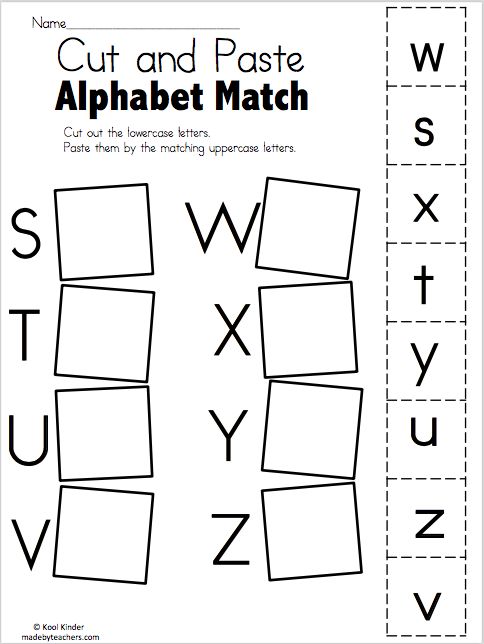
Children walk around the circle and find a place to sit when the music stops. They each then name the letter on their chair or floor directly beneath.
11. Find Letters on a Keyboard
Make use of an old computer keyboard or typewriter. Get kids to name the letters as they touch the keys.
They can also find them to press as you say the names, sounds, or hold up cards, one letter at a time.
12. Spray or Write Letters Outdoors
Offer spray bottles with water for children to spray letters on driveways, sidewalks, or even the side of your house.
Another option is to use sidewalk chalk to write letters on the driveway, patio, or basketball court.
13. Form Letters with Bendable Materials
Get your children to bend pipe cleaners, chenille stems, or products like Wikki Stix (string covered in wax) to form letters.
Children often like to make multiple letters and form words, as well.
14. Find the Hidden Letters
“Bury” plastic or wooden letters in a sand table or sand box.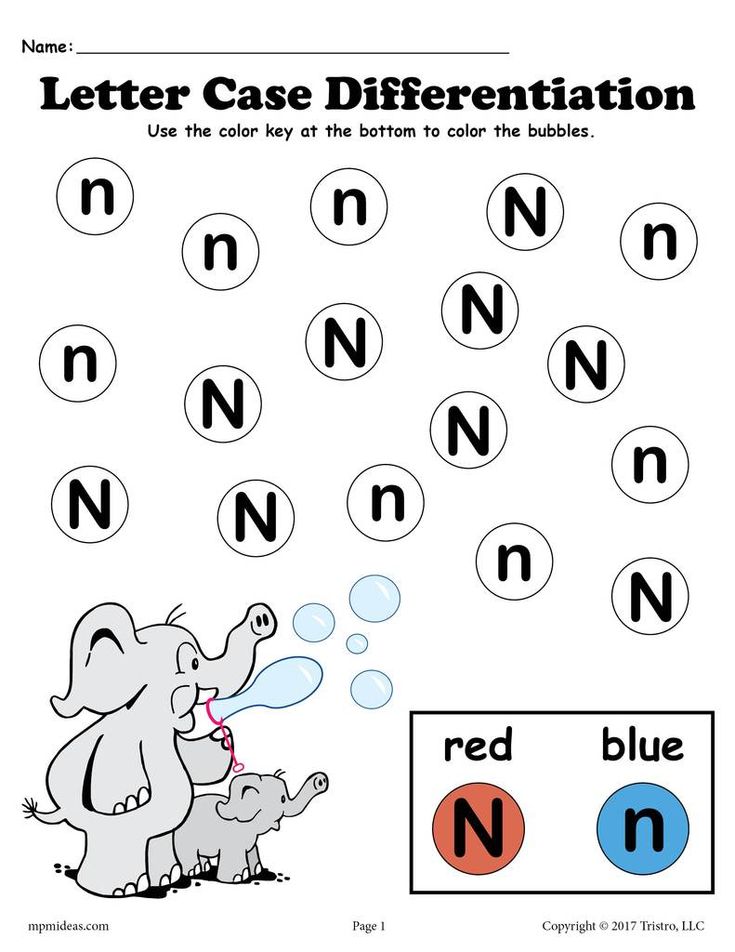 Ask children to name the letters as they are discovered.
Ask children to name the letters as they are discovered.
Other materials may be used as alternates in sand tables or large trays, such as coloured rice, pasta, dried beans, or birdseed.
All of these ideas for teaching letter recognition can help to strengthen a child’s early literacy skills.
Pay attention to where they stand in their development and keep raising the bar just a bit higher, while still returning to those games and activities in which they feel a high measure of success.
This is the key to learning.
Get FREE access to Printable Puzzles, Stories, Activity Packs and more!
Join Empowered Parents + and you’ll receive a downloadable set of printable puzzles, games and short stories, as well as the Learning Through Play Activity Pack which includes an entire year of activities for 3 to 6-year-olds.
Access is free forever.
Signing up for a free Grow account is fast and easy and will allow you to bookmark articles to read later, on this website as well as many websites worldwide that use Grow.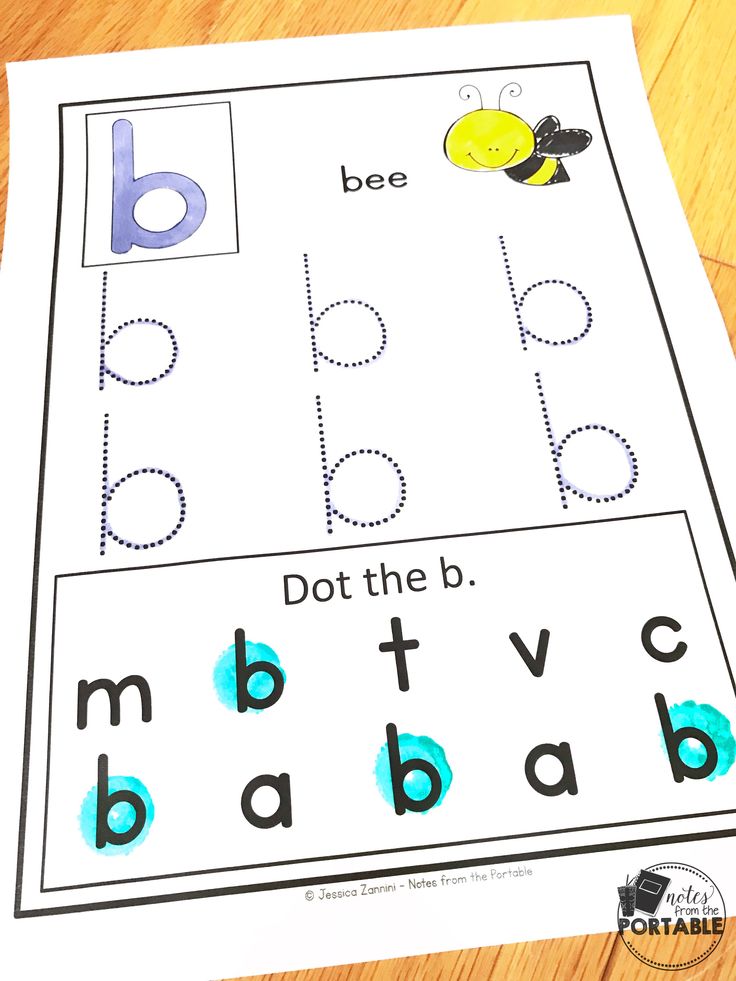
- Share
Alphabet Letter Identification Activities - PreKinders
Here are 15 fun, active, hands-on alphabet letter identification activities for Pre-K, Preschool, and Kindergarten.
You can find many more Alphabet Activities here.
Letter Basketball
This is one of my prekinders favorite letter identification activities every year. To prepare this game, I cut copy paper or newsprint paper in half, and write letters on several pieces. I make enough papers for each child, plus one or two extra. I make a line with masking tape on the floor and place the trash can about 4 feet away. As each child has a turn, I tell them which letter to find. They pick up the letter, crumble the paper into a ball, and stand on the tape to toss it into the trash can. If they miss, they get as many chances as needed to get the “ball” in the basket and can move closer if needed. We always cheer when they make it in the basket! This game could also be played with alphabet bean bags if you have them.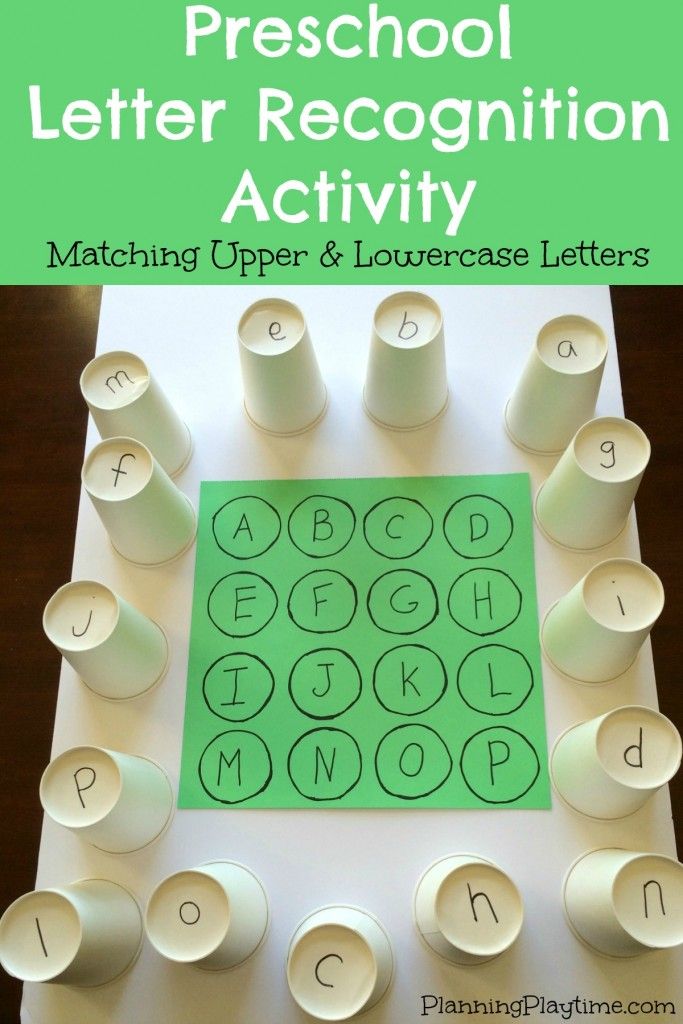
Candy Letter Match
Write pairs of letters on sticker dots and place them on the bottom of several Hershey’s Kisses. For my Pre-K kids, I usually put out about 5-10 pairs of letters at a time. Children take turns lifting two Kisses at a time. If the letters match, they keep those Kisses. If they do not match, they have to put them back. At the end of the game, all of the Kisses are put in the middle of the table, and children can choose about 3 pieces to eat. We use this game to practice matching uppercase to uppercase letters, lowercase to lowercase, or uppercase to lowercase, depending on what we are working on.
Alpha-Band
Label each rhythm instrument with a letter. An easy way to make instruments is to put rice inside a plastic Easter egg, and hot glue it closed. We sing the traditional Alphabet Song, or another alphabet song, such as Dr. Jean’s “The Alphabet’s in My Mouth” or “Who Let the Letters Out”, or Jack Hartmann’s “Animal Alphabet Cheer”. Children shake their letter shakers only when they hear their letter called out in the song.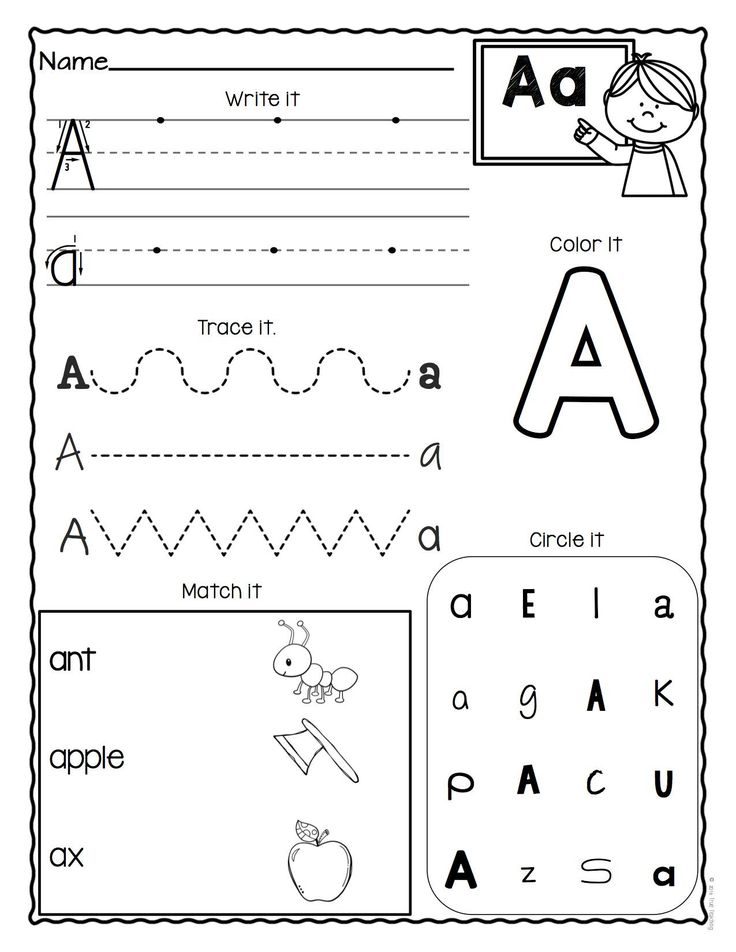
Letter Hunt
Children choose any 10 letters from the letter manipulatives (use foam letters, magnetic letters, letter tiles or other letter manipulatives). Go through a stack of shuffled letter cards, calling out each letter to the children. As the letters are called out, children look to see if they have that letter, and if they do, the letter is put back in the letter basket. We see who is first to clear all of their letters. It’s very similar to a bingo game. In Pre-K, we play until everyone has cleared all of their letters because our goal is learning letters, not competition with the little ones.
*To teach letter sounds: Call out a word and have children identify the first letter of the word.
ABC Sorting Tray
I found this divided tray in a kitchen store. I labeled each section by writing a letter on a sticker dot and placing the matching foam letters in each section of the tray. I placed the letters in a bowl and children sorted and matched the letters into the sections of the tray.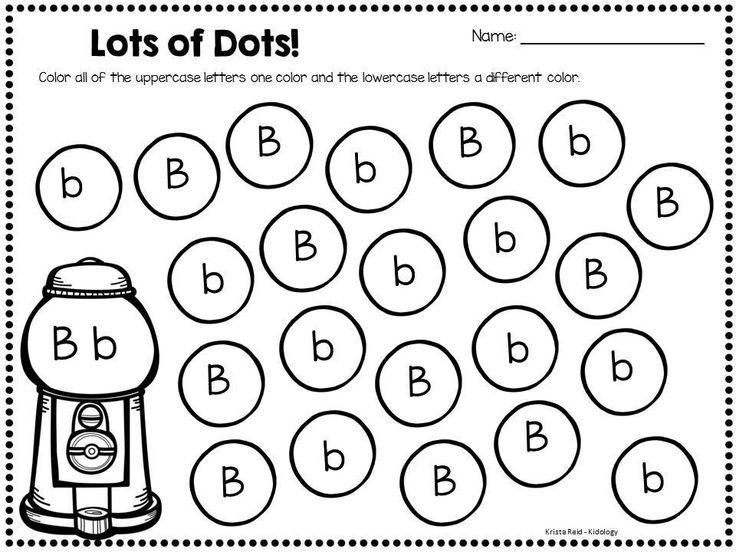 When I want to change out the letters in the tray, I just remove the sticker dots and add new ones. I usually try to use letters that are similar, so that children are challenged and use visual discrimination skills to find the differences in the letters. For example, I might use Q, O, D, C, and G since those letters are similar in shape, or I, T, J, or W, V, U.
When I want to change out the letters in the tray, I just remove the sticker dots and add new ones. I usually try to use letters that are similar, so that children are challenged and use visual discrimination skills to find the differences in the letters. For example, I might use Q, O, D, C, and G since those letters are similar in shape, or I, T, J, or W, V, U.
ABC Sorting Box
Label a craft storage box with letter stickers. Children sort letter manipulatives into the sections of the box. These are magnetic letter tiles in the picture.
Letter Matching Uppercase to Uppercase
For this activity, each child chooses a colored letter box. Children work in pairs to match the letters that are the same. These letters came from a set of foam letters that are sadly no longer available from Lakeshore (bring them back, Lakeshore!) However, you could do the same activity by using handmade cards with the letters written in two different colors. You might also consider using paint chips (paint sample cards) in two different colors and making A-Z sets in the two different colors by writing on the cards with a black marker.
Letter Matching Uppercase to Lowercase
Children work in pairs to match the uppercase and lowercase foam or magnetic letters that are the same. You could also use purchased or handmade letter tiles.
Stamping Game
Write about ten letters on a piece of paper for each child. Put the same ten letters in a bowl or bag, and pass it around the table. Each child has a turn to pull a letter out of the bowl or bag, and announce the letter to the group. Children find the letter on their paper and stamp it out with a rubber stamp.
Other ways we play this game:
- I put every letter of the alphabet in the bowl or bag and children determine if the letter is on their paper or not.
- I place small objects in the bowl and children identify the beginning letter (e.g. B for ball).
Alphabet Bingo
Each child looks for the letter the teacher calls out on their bingo card. If they have it, they cover it. Play until a card is full.
Alphabet Soup
Children take turns scooping up a letter from a bowl with a spoon or soup ladle.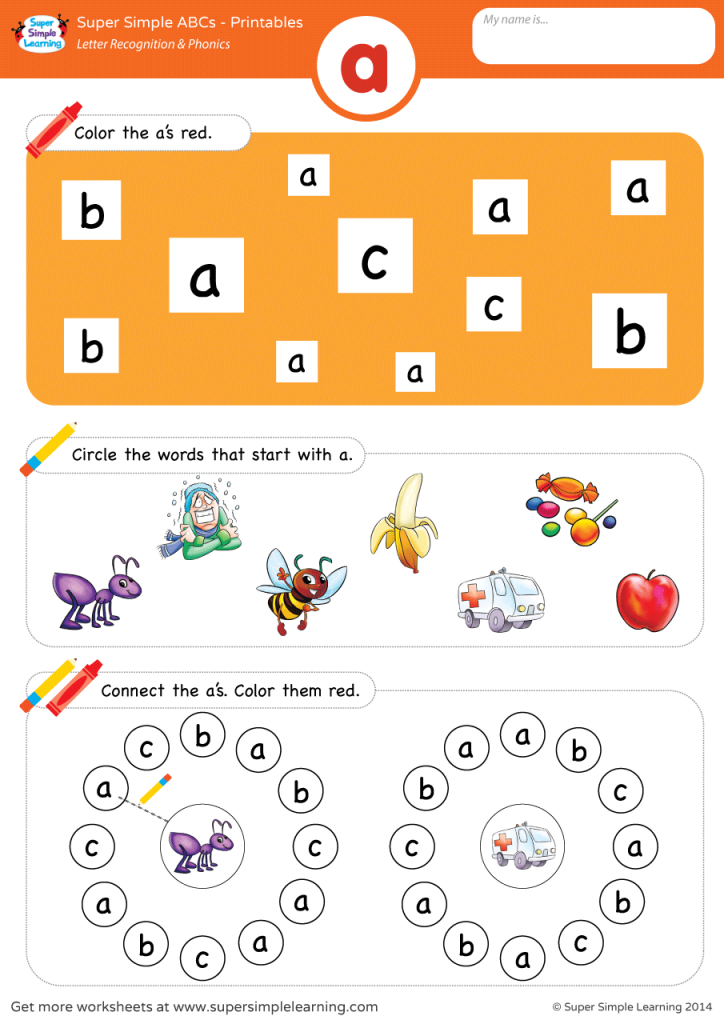 The child identifies the letter, and walks around the room searching for the letter somewhere in the classroom.
The child identifies the letter, and walks around the room searching for the letter somewhere in the classroom.
*To teach letter sounds: Children search for an object in the room that begins with that letter.
Letter Clips
Children squeeze the clothespins and clip them to the sides of the box. I wrote letters on dot stickers and placed the dot stickers around the sides of the boxes. I wrote letters on the clothespins so the children would match the letters on the clothespins to the letters on the boxes. This is similar to activities where children clip clothespins to a paper plate or cardstock circle; however, in my experience, those were flimsy and awkward to use, which is why I like the box better. Any sturdy box could be used (shoe box, postal box). The boxes in this picture were stacking gift boxes that held chocolate covered nuts (a Christmas gift), and they worked out perfectly. (By the way, Sam’s Club has these chocolate covered nuts in the same stacking boxes every year, and they are awesome!)
Memory Game
Place about three letter manipulatives on a tray, cover them with a cloth, and take one away.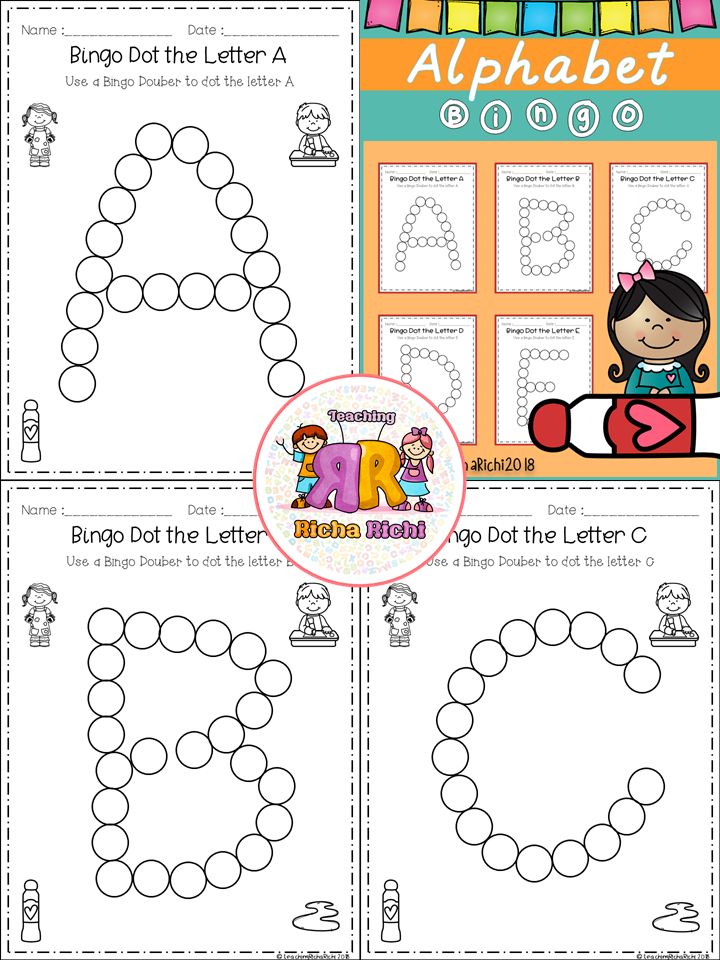 When the letters are uncovered, children guess which letter is missing. Children find the letter that is missing among their own set of letter manipulatives. If the children are very interested in writing, they can write the letter that is missing on a dry erase lap board. To increase the difficulty of this game, try using 4 or 5 letters. Another options is to place three letters on the tray, cover them, and ask the children to recall all three letters that were on the tray.
When the letters are uncovered, children guess which letter is missing. Children find the letter that is missing among their own set of letter manipulatives. If the children are very interested in writing, they can write the letter that is missing on a dry erase lap board. To increase the difficulty of this game, try using 4 or 5 letters. Another options is to place three letters on the tray, cover them, and ask the children to recall all three letters that were on the tray.
Alphabet Path Games
I made these path games using stickers bought in a craft store (scrapbooking section), and I made individual mats with about 10 letters on them. Each child gets a mat, a game piece, and some plastic chips to cover the letters on their mat. They roll the dice and count out the spaces to move their game piece. If their game piece lands on a letter that is on the mat, they cover that letter with a chip. Play continues until they have covered every letter.
Other ways we use the path games:
- Children identify the letter they land on, then find that letter somewhere in the classroom.

- Children find an object in the classroom that begins with that letter’s sound.
You’ll also like these resources…
Aromshtam Marina | Learning to read and write in images and movements
Continued. See the beginning in No. 18, nineteen, 20, 21/2008
Drawing by M. Ovchinnikova
Lesson 6. Letter Y
The lesson begins with a sound game (on choice) and a letter recognition game.
Talking to children
The teacher asks the children to look at a picture with a painted house near Bukvoedskaya fairy tale. “What letters lived in Petya’s house? What happened when Grandfather-Bukvoed decided to cook in one cauldron letter o , a , y , e and the letter th ?
What letters are the result of this sorcery? What sounds does the letter and represent? What sound is sung when we sound the letter I ?
Tasks for children
embossed letters letter i ".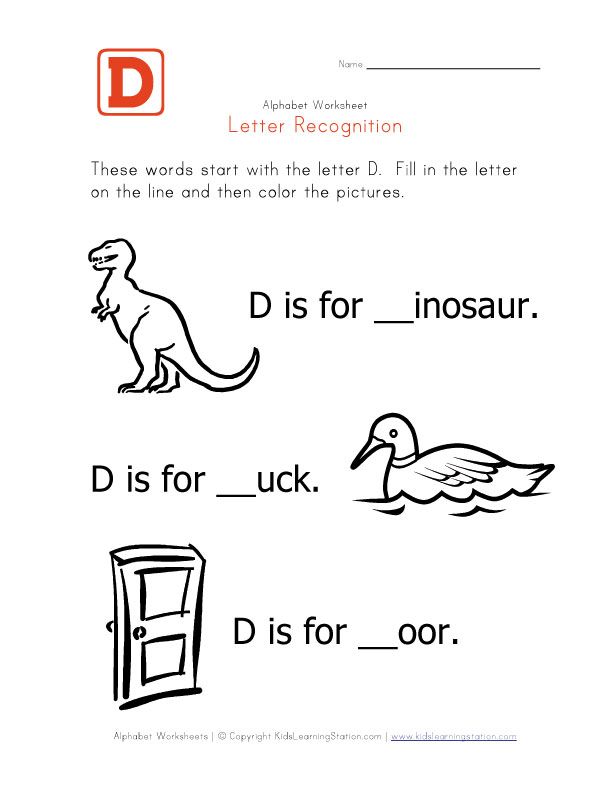
2. "Put the letter on the landscape sheet and circle around contour. Remember: the head of the letter i always looks to the left. Color the letter.
3. Before the children - rhyming cards. teacher reads the rhyme aloud:
| Yasha walked through the forest, |
“Find in the rhyme all the letters and . Circle them with an orange triangle. Then find in the text the letters and , about , for , and ".
4. The teacher puts up on the board or in middle of the circle demonstration pictures. Under them are words with a missing first letter.
“Look at the pictures.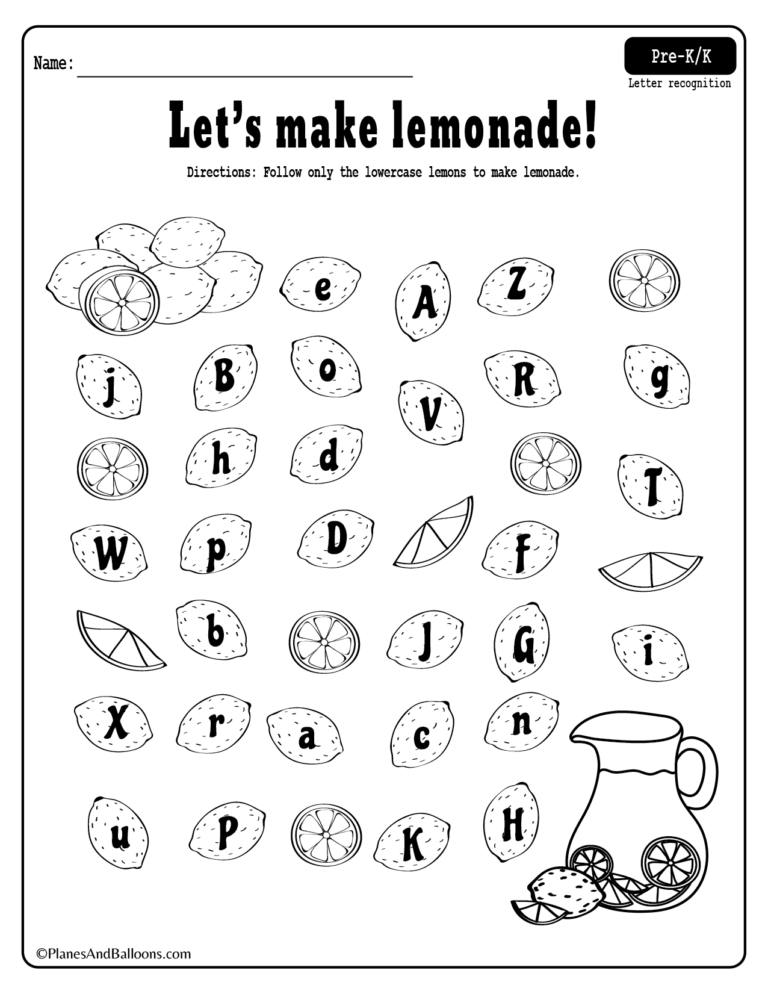 What's on them drawn? Words under the pictures start with the letter i . Enter the letter and instead of passes. The teacher calls several children who draw the missing letters in words.
What's on them drawn? Words under the pictures start with the letter i . Enter the letter and instead of passes. The teacher calls several children who draw the missing letters in words.
It is proposed to say these words again. At pronouncing the word, the teacher each time indicates to the letter and at the beginning. It's convenient, so how all words begin with a stressed syllable.
5. “Choose any picture and draw a similar one. Sign her copying the word.
Homework for those who wish: draw capital letter i and turn it into your "letter" portrait.
The article was published with the support of IQ Card LLC. The company provides a full range of services in the field of distribution and maintenance of bank cards of major payment systems. The main product of the company is the IQcard Visa Gold bank card, which can be issued online at http://www.iqcard.ru/. There you will also find a detailed description of other products of the company and a complete list of services provided.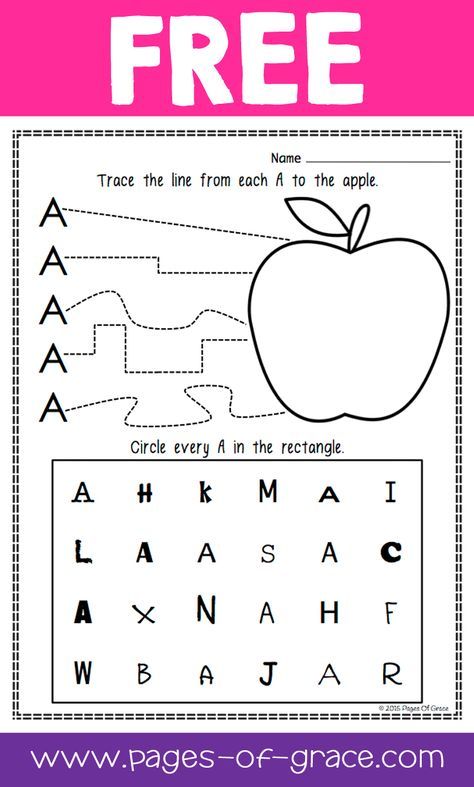 nine0005
nine0005
Sessions 7-9 (letters E, Y, Y)
Activity scenarios 7 (letter e ), 8 (letter y ) and 9 (letter ё ) are similar to the scenario of session 6. The teacher, if desired, can vary the sound games and games with letters.
Rhyme in which to find the letter e :
| Children ate on their birthday |
Rhyme to find the letter S :
| Blizzards are whistling in the north. |
To fill in the gaps in the words below pictures starting with the letter Yu , you need solve riddles:
“The first word is the name of the boy.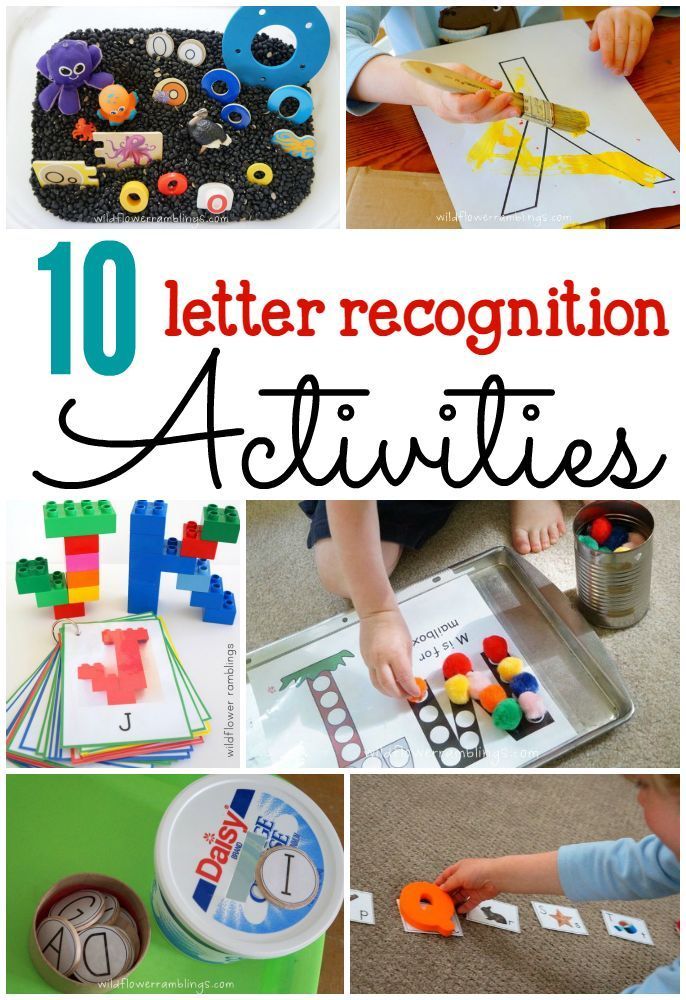 His name is ... ( Yura ).
His name is ... ( Yura ).
The second word denotes the direction of the world: not north, a… ( south ).
The third word means mobile home, made from animal skins… ( yurt ).
You need to guess what these words are, and write in them instead of gaps the letter and .
Looking at pictures in class, dedicated to the letter ё , we answer the questions:
“What is shown in the pictures?” into words under the pictures, instead of gaps, insert the letter e .
“Which picture in the row is missing? Why?"
Lesson 10. The letters Y, Z, E, Y
The lesson begins with a sound game (on choice) and a letter recognition game.
Activities for children
1. In front of each child is a card with contour house (, see No.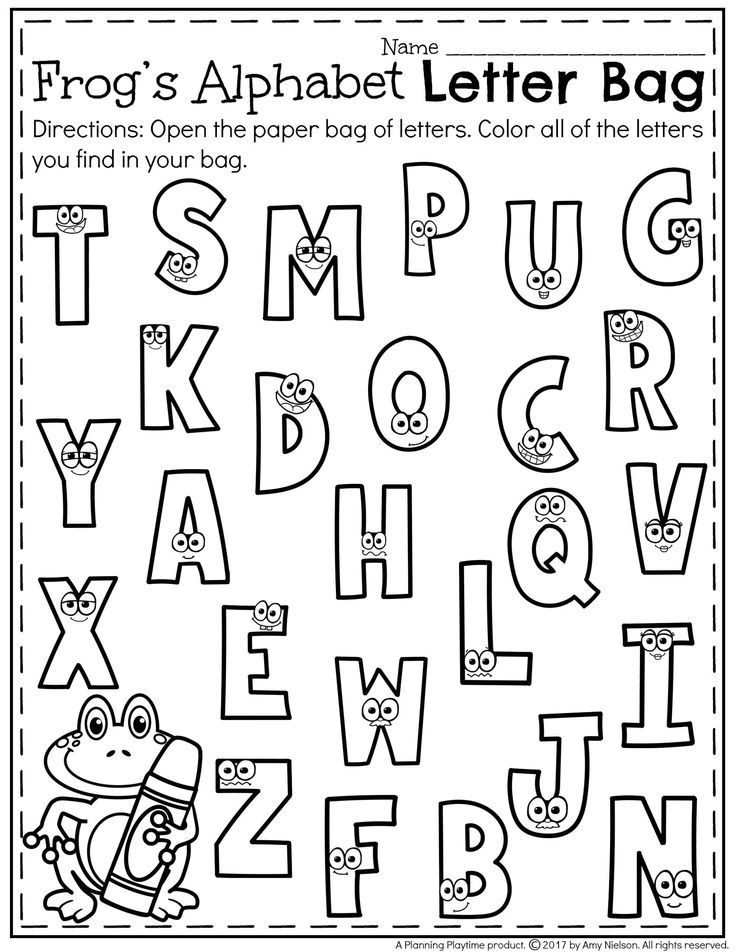 21 ). “Here is the house. Settle in it the letters a , about , y , e , s ".
21 ). “Here is the house. Settle in it the letters a , about , y , e , s ".
2. “Draw another house next to it and populate it with Petya's new acquaintances: here you must live letters i , i , i , e ".
3. “Read the letters in the boxes of the new house. Can you sing the sounds that hide inside these letters?
Of course you can. After all, ours live in them old acquaintances - sounds [a], [o], [y], [e], those that stuck together with the sound [i]. So i , i , i , e - letters for vowels. And since in them the sound [i] still lives, they are called iotized. nine0005
4. Game “What is the last letter?”.
First option. In front of children - cards with letters i , i , i , i . The leader (teacher) comes up with a word, which ends with an iotized letter, and says: "In the word" family ".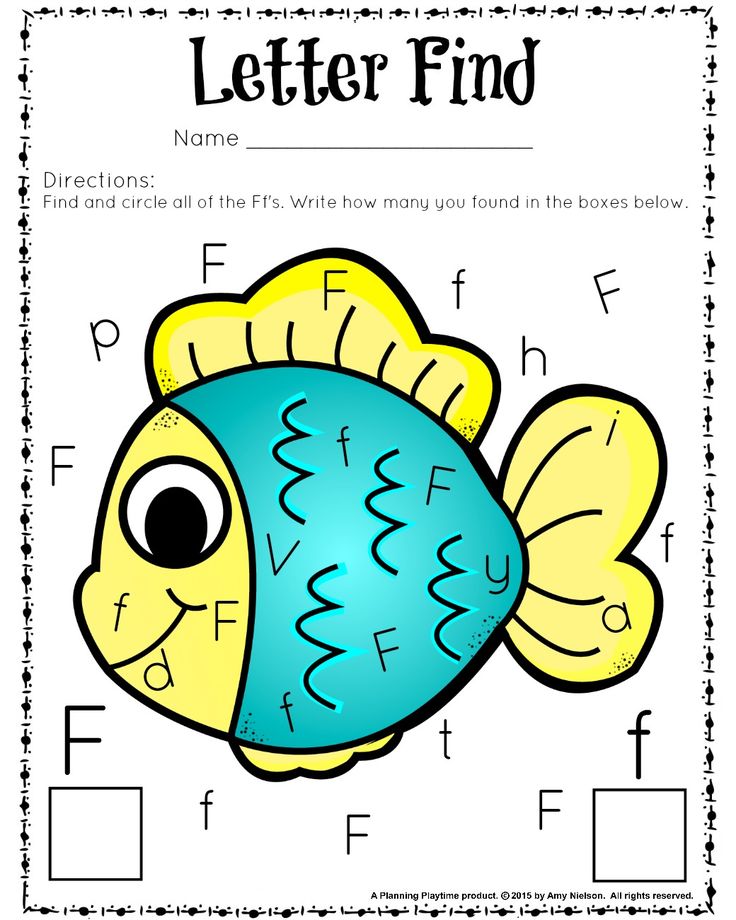 ..". Children should finish the sentence: "... the last letter is i " - and show a card with the letter and .
..". Children should finish the sentence: "... the last letter is i " - and show a card with the letter and .
Master: In the word "spear" ... | Children: ... the last letter of is . |
Can be prepared ahead of time for convenience text cards.
Second version slightly different leader's words.
| Master: I will sing you a song. | Children: Last letter y . |
When the children have mastered the game, you can offer them to try their hand at the game one by one.
Homework for those who wish: draw all the letters that were found in fairy tales.
Lesson 11. The letter I
Lesson starts with registration exhibitions and viewing of drawings. teacher asks children to read the drawn letters. nine0005
Letter recognition games are held, reading interjections, singing sounds.
Reading or storytelling text
The pencil squeaks slightly.

But the letters look great!
The one who knows these letters,
He will easily revive them:
Once - and read the letter,
The letter will sound right away!
How good are you at drawing letters and bring sounds to life! How can you not be happy here? don't smile! Do you know what sound is the most smiling? Come on, smile and try it yourself guess. Of course, this is the sound [and]. nine0005
It is no coincidence that he is heard in a very important the word "peace". The word "game" begins with it.
There is a special letter for the sound [and] - letter and . ( The teacher shows a card with letter and . ) Perhaps she was born from our smiles:
Smile - and the letter and
Give us a gift!
Tasks for children
0019 and .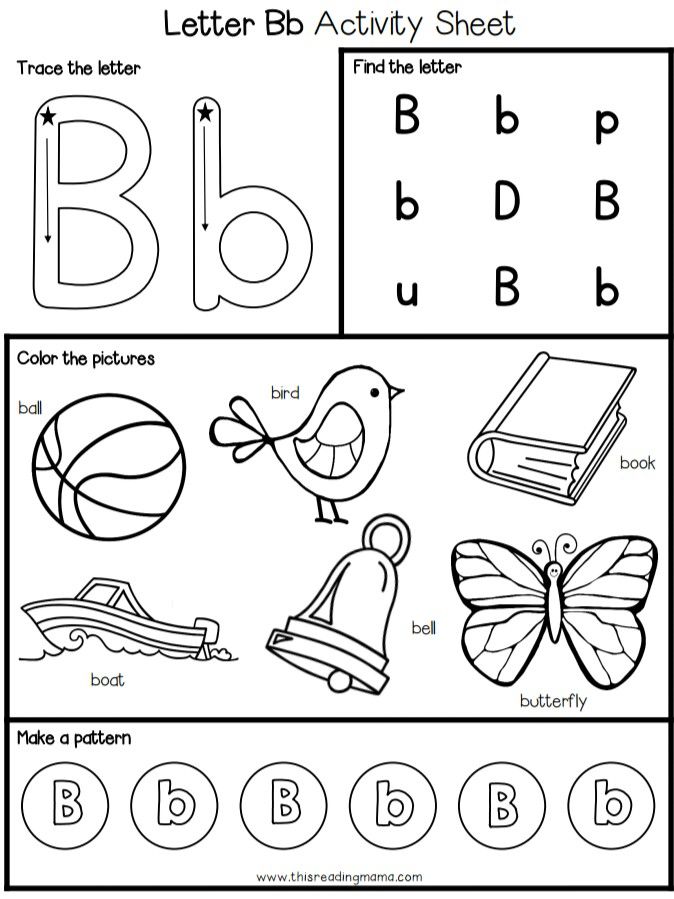 Read it."
Read it."
2. “What sound does the letter and stand for? Can this sound sing? The sound [and] consists of voices, that means he…”
3. “Come up with words that start with to the sound [and], in which the sound [and] is heard in the middle, at the end".
Dictionary : games, name, willow, spark, Ira, Inna; world, feast, shooting gallery, view, rice, reef, rhyme, rhythm; talk, take, wake up, sit, look, fly.
4. In front of children - rhyming cards:
| Ancient General Kir |
“Find in the rhyme all the letters and , put a red dot under them. Then at icon help highlight others the letters you know to represent vowels. What letters for vowels were not in the text?
What letters for vowels were not in the text?
Lesson 12. The letter I and other letters for vowels
The lesson follows a familiar pattern.
Tasks for children
divided into boxes ( see in
No. 21 ). "Place houses. In one house there will be live letters denoting vowel sounds in another - letters denoting two sounds - the sound [i] and vowel".
2. “Count the windows in each house. How many occupied apartments in the first house? How many occupied apartments are in the second house? A free window remained in the house for ioted letters. The letter will live with them nine0019 and . Settle her in an unoccupied apartment.
3. “The letter and can also represent two sound - sound [i] and sound [and].
Listen:
Sparrows made a noise -
“Whose are you? Whose are you? Whose are you? Whose?".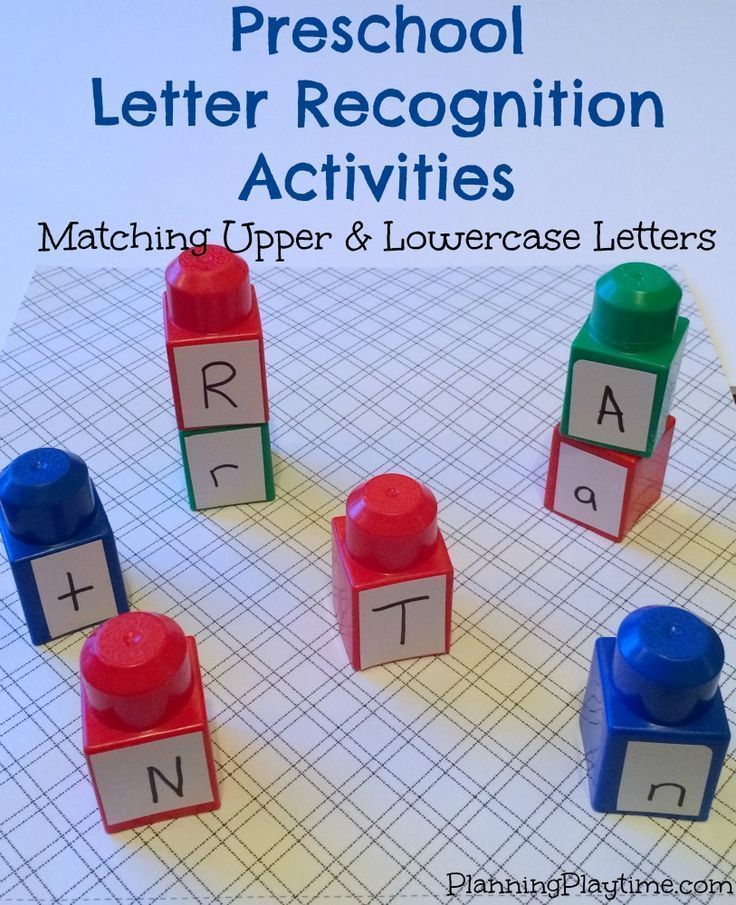
“Rays
woke us up Sunshine, brooks murmur.
And now let's play.
Game "What is the last letter?".
In the word "nightingales" - ... the last letter is and .
In the word "sparrows" - ... the last letter is and .
In the word "ants" - ... the last letter is and .
In the word "brooks" - ... the last letter is and .
There is a rook. - No ... ( boats ). — The last letter is and .
There are hits. - No ... ( hits ). — Last letter and .
There is a tub. - No ... ( tubs ). The last letter is and .
4. For children, cards with pieces letters they know. "Restore the erased letters." Tasks can be individual: children restore different letters and identify them. You can suggest coloring and decorating recovered letters.
5. Find your house game: completed work to restore letters, children become holders of cards with the image iotated or non-iotated vowels. By wave of the "magic" wand for the time of the upcoming games they themselves turn into these letters. nine0005
"Letters" of each group are collected in their own "house". It could be a circle a hoop or rope, or a flag, another symbol, around which you have to stand, holding hands, or really drawn on a dense paper or fabric on a dense base house with cells like the classics.
On the first signal, children scatter around the room, on the second they gather to your house. That team wins, "letters" which will be assembled faster. To
complicate the game, the host can change all the time team gathering place.
6. The lesson ends with the game “ Expressive sounds ". The mood of the sound [and] is added: “... We pronounce the sound [s] with malice and with a threat: teeth bared, fists clenched, whole body tense.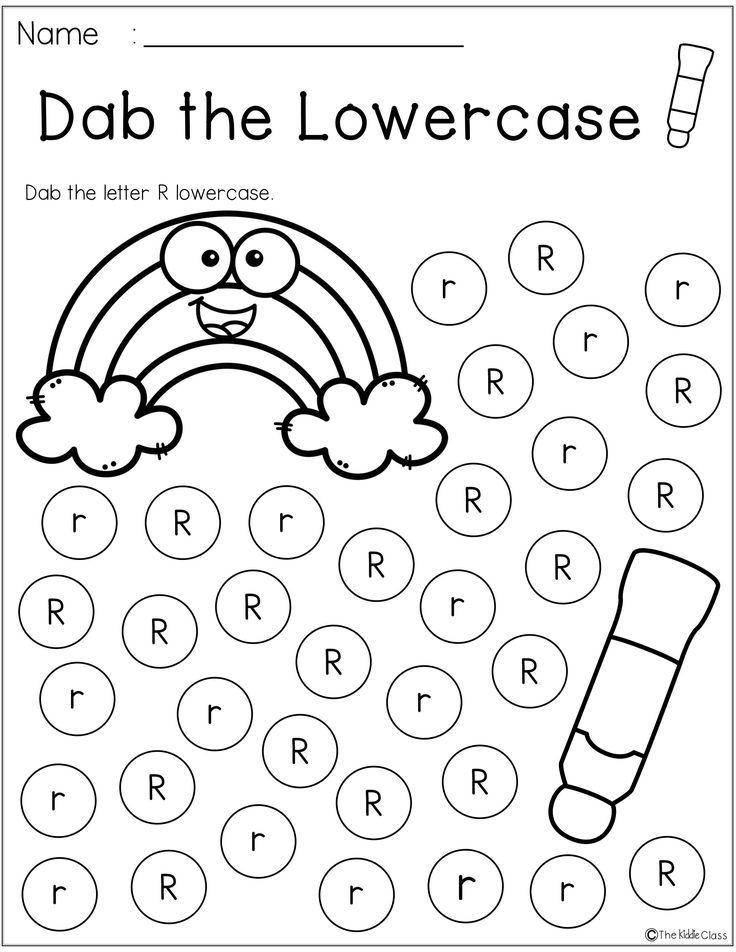 Hold tight for a few seconds. But here the danger recedes: we frightened her.
Hold tight for a few seconds. But here the danger recedes: we frightened her.
Deep exhalation. The body relaxes fists are unclenched, hands are smoothly parted to the sides. Lips curl into a smile. We pronounce sound [and]: we are embraced by joy, tenderness, kindness". nine0005
Homework for those who wish: at painted houses to populate the unrated and iotized letters for vowels.
To be continued
| Activities of a speech therapist | Activities of children |
Hello children! Sit up straight, nicely. The speech therapist reads a poem so that the children calm down and tune in to the lesson.
Speech therapist demonstrates different bells. Asks children to remember their sound. Children close their eyes, and the speech therapist rings bells.
“Listen to the poem and tell me what is the main sound in it: I am brushing a puppy, I tickle his sides.” “The bear saw a bump. Slap, and the forehead became with a bump. “What sounds are we going to talk about today?”
“Look at the blackboard. What is written on it? The speech therapist asks one of the children to read the syllables with the sound "u". Then the speech therapist asks another child to read the syllables with the “sh” sound. The speech therapist asks the next child to read only the yellow syllables. nine0005 Then only blue syllables. The last child reads only white syllables.
“Guys, tell me, are the letters Ш and Ш similar? How?" "How many sticks?" "How are these letters different?"
“They opened their mouth, they said “shhhh” in chorus. Is our mouth open? “Are the jaws drawn out or not?” "Are the teeth open?" nine0005 “Does the tongue make a cup?” “Is the sound voiced or deaf?” "Soft or hard?" "And what is the sound 'u'?" “You see, not only the letters are different, but also the sounds “sh”, “u”.
“I will read the words to you, and if you hear the sound “sh”, clap your hands. If you hear the sound of the sound "u", then stamp your foot. Speech therapist reads the words: mouse, lizard, cat, bear, puppy, pike, horse, bream, turkey, snake, hedgehog, goldfinch, frog, pig. “Here I said 'piggy' - it's a childish word. How do you say it like an adult?
The speech therapist together with the children spins the ball between the palms in a circle, then around the desk. Then the speech therapist asks the children to strongly squeeze the ball with their hand. Then the children roll the ball back and forth between their palms, then on one hand, then on the other. After that, the speech therapist asks to clap the ball.
Speech therapist distributes cards with pictures of animals. nine0005 "Who is drawn on your papers?" “Color only those pictures whose names contain the sound “u”. What are these pictures?
"Take pens and sign the pictures." The speech therapist writes words on the blackboard. “Look, guys, we said that “u” is a soft sound, I want to write it softly, but there is a rule that “u” is written with what letter?” The speech therapist asks the children to emphasize the combination of "shu" in words. “What sound were we talking about today? What pictures do you need to color? “Will we color the bunny?” “Correct. I drew it to confuse you." “Now sign the pictures yourself. With what letter do you write the combination "shi"? The speech therapist writes a poem on the blackboard with the missing letters Ш and Ш in the words: The cat was washing her ears, The cat was polishing her fur coat. But the cat has no brush, Only paws clean the cheeks. nine0005 "What letters did we see?" “How are these letters different? What about sounds?
“What did we do today at the lesson with the sounds and letters “sh”, “u”? Speech therapist gives grades to children in diaries. | Hello! Children with their eyes closed say which bell sounded. “Sch” sound. “sh” sound. “On the sounds “sh” and “u”. |

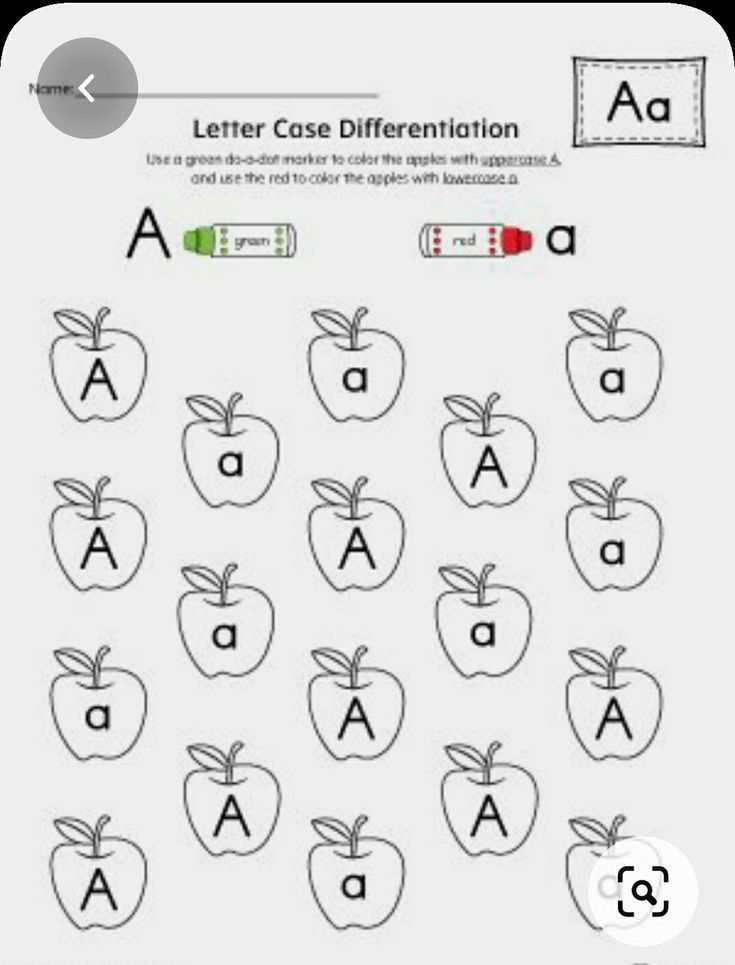
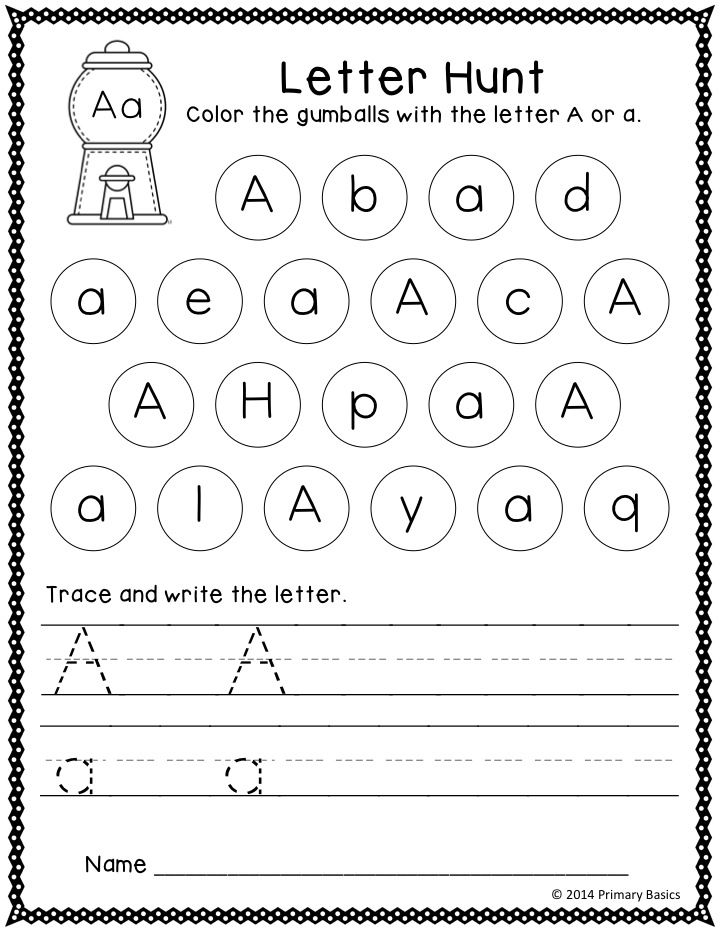
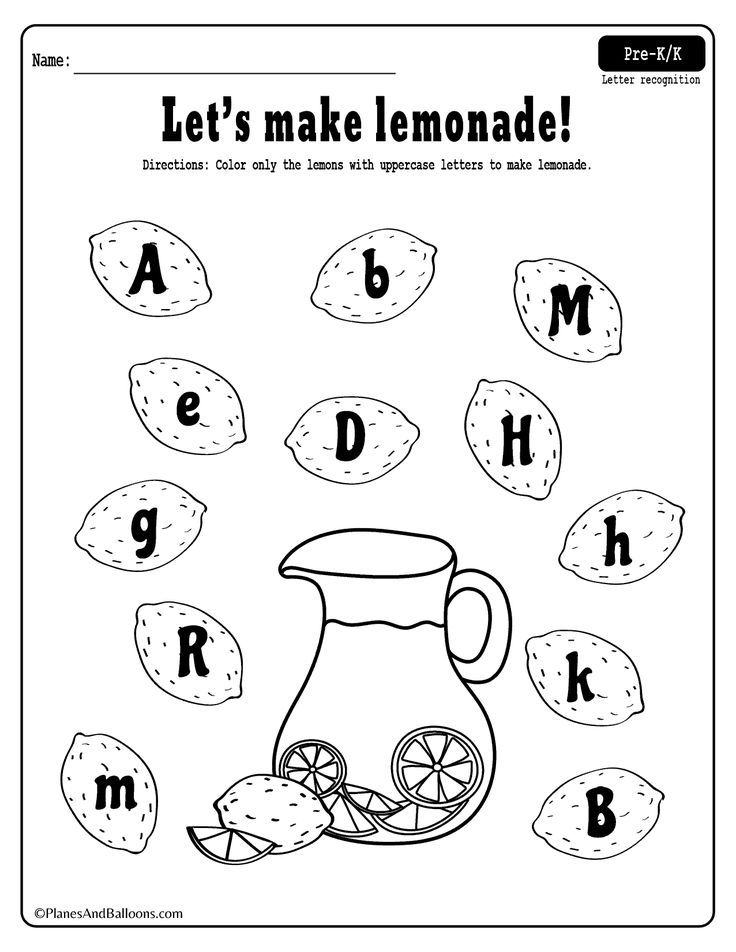
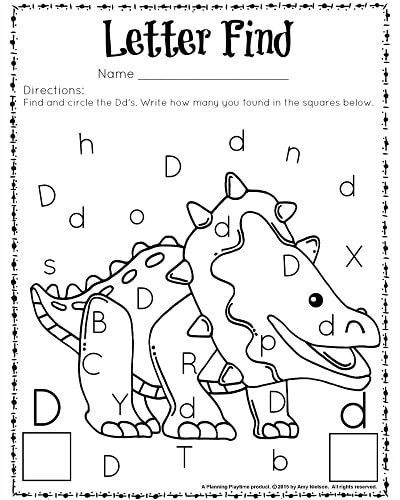 nine0005
nine0005 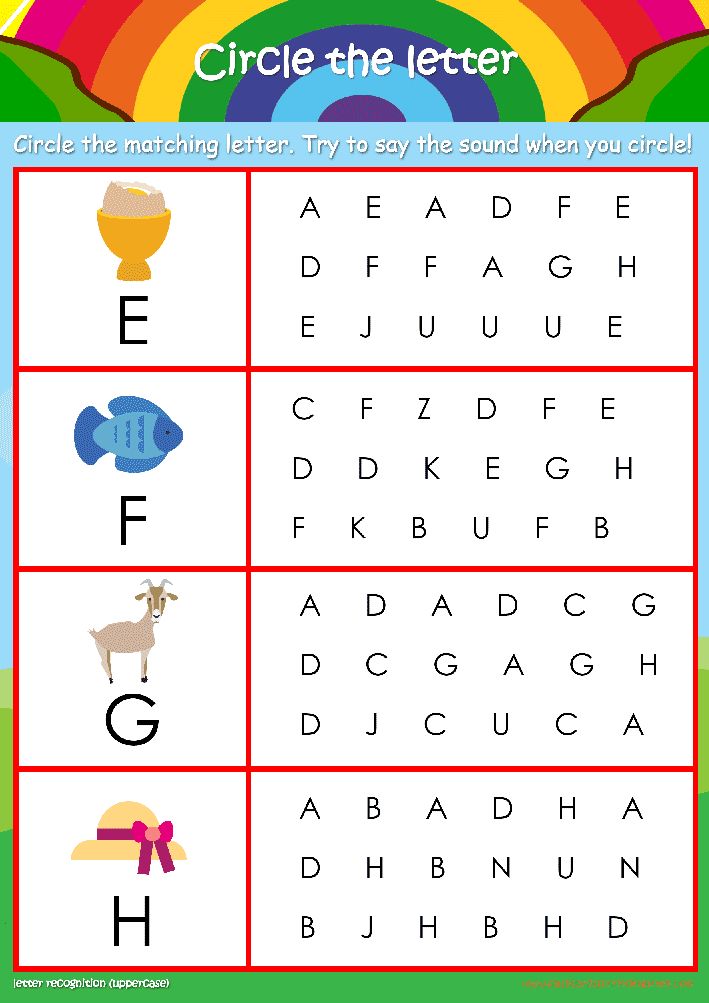 nine0005
nine0005 